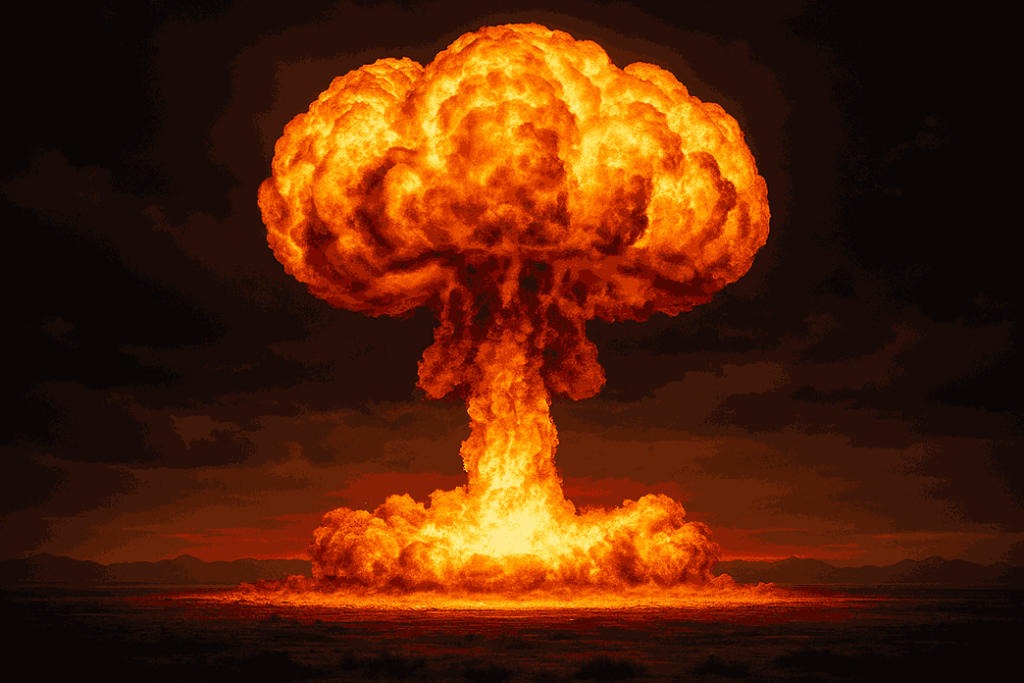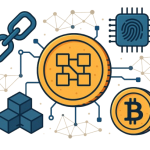Introduction: A Flash That Shook Humanity
At precisely 8:15 a.m. on August 6, 1945, a city vanished beneath a mushroom cloud. Hiroshima had become the first city in history to witness the terrifying power of an atomic bomb. Three days later, Nagasaki followed. In mere moments, tens of thousands of lives were lost, and the world stepped into the nuclear age—where science, politics, and war collided in a way never seen before.
But how did we get here? What is the science behind the atomic bomb, and why does it still haunt our world today?
What Is an Atomic Bomb?
An atomic bomb, or nuclear bomb, is a weapon that derives its immense destructive power from the process of nuclear fission—the splitting of atoms. When certain heavy atoms like uranium-235 or plutonium-239 are split, they release enormous energy in the form of heat, light, and radiation.
It’s a chain reaction: one split triggers another, then another, and in a fraction of a second, unimaginable power is unleashed. A single bomb can flatten a city.
The Manhattan Project: Science Meets Secrecy
The atomic bomb didn’t appear out of nowhere. It was the product of The Manhattan Project, a top-secret U.S. research program during World War II. Some of the greatest minds in physics—including Albert Einstein (who helped alert the U.S. government), Enrico Fermi, and J. Robert Oppenheimer—worked to harness nuclear energy before Nazi Germany could.
After years of work, their success culminated in Trinity, the first-ever nuclear test in the deserts of New Mexico on July 16, 1945. The sky lit up like a second sun—and the nuclear age had begun.
Hiroshima and Nagasaki: The Bombs Drop
On August 6, 1945, the U.S. dropped the atomic bomb nicknamed “Little Boy” on Hiroshima. Three days later, “Fat Man” devastated Nagasaki. Over 200,000 people—mostly civilians—died from the immediate blasts, radiation, and long-term effects.
The bombs forced Japan’s surrender and ended World War II, but at a cost that sparked decades of ethical debate. Was it necessary? Was there another way?
The Cold War: Living in the Shadow of the Bomb
After WWII, the world didn’t turn away from nuclear weapons—it doubled down. The U.S. and the Soviet Union entered an arms race, building thousands of nuclear warheads. The Cold War was defined by Mutually Assured Destruction (MAD)—the understanding that if one country launched a nuke, the other would respond, and both would be annihilated.
For decades, the world teetered on the edge of nuclear catastrophe. Children practiced “duck and cover” drills, while governments built fallout shelters.
Modern Times: The Nuclear Threat Persists
Today, several nations possess nuclear weapons, including the U.S., Russia, China, India, Pakistan, and North Korea. While treaties like the Non-Proliferation Treaty (NPT) aim to reduce nuclear arms, tensions persist, and accidental launches or rogue use remain a concern.
Moreover, the rise of nuclear terrorism—where extremist groups might acquire nuclear material—adds a frightening new dimension.
Science and the Soul: Lessons from the Bomb
The atomic bomb is more than a weapon; it’s a symbol of what humanity is capable of—both in brilliance and destruction. It reminds us that science without ethics, and power without restraint, can lead to catastrophe.
Physicist J. Robert Oppenheimer, upon witnessing the first test, famously quoted the Bhagavad Gita:
“Now I am become Death, the destroyer of worlds.”
Conclusion: Can We Choose a Different Path?
As the world faces new challenges—climate change, global conflict, artificial intelligence—we are again at a crossroads. The story of the atomic bomb is a warning: great power demands great responsibility.
In the end, the bomb is a mirror. It shows us the best and worst of who we are. The question is: What will we choose to do with that knowledge?


